Rome is a city that continues to surprise every time you visit. In addition to the many famous sights such as the Colosseum, the Spanish Steps, the Trevi Fountain or the Pantheon, the Eternal City also contains many hidden treasures that are unknown to most tourists. We show some lesser-known sights in Rome in this article.
Here is a list of 5 lesser-known places in Rome to visit to discover the city from a new perspective.
Visit Galerie Sciarra
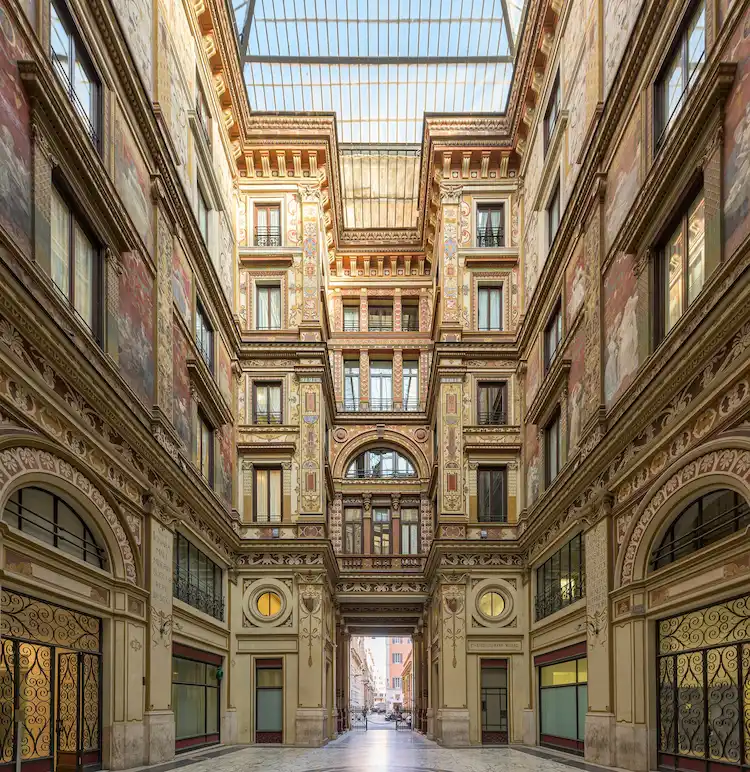
Near Via del Corso and the Trevi Fountain is the Galleria Sciarra. Its construction dates back to 1886, when the capital of the Kingdom of Italy was moved from Florence to Rome, marking a period of change and modernization for the city in need of new housing for Rome’s upper middle class.
The gallery, built at the behest of Prince Maffeo Barberini-Colonna di Sciarra, connected the residence of the Palazzo Sciarra Colonna di Carbognano with the editorial offices of the daily newspaper La Tribuna and the literary magazine Cronaca Bizantina, whose editor at the time was Gabriele d’Annunzio.
The National Church of the French in Rome
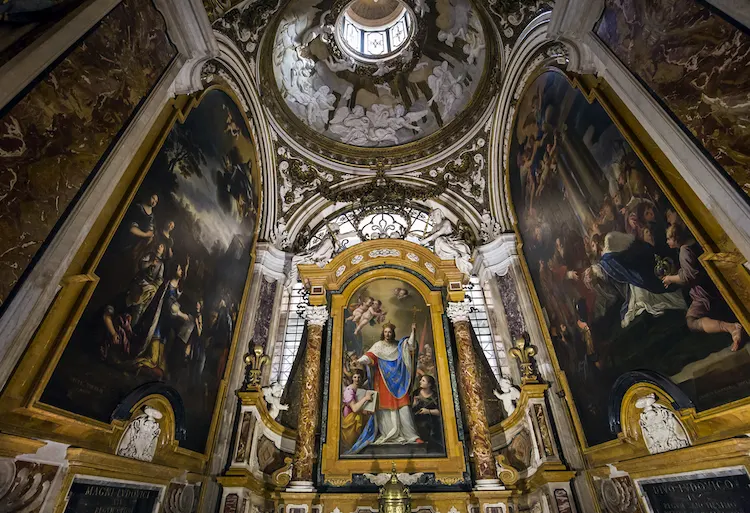
Near Piazza Navona is the church of San Luigi dei Francesi, the national church of the French in Rome since 1589. It is particularly famous for the works of Michelangelo Merisi, which are located in the last chapel of the left aisle, that of the family Cointrel, Italian Contarelli, belonged: It was Mathieu who commissioned the cycle of paintings with the stories of Saint Matthew at the end of the 15th century to celebrate the saint whose name he bore.
On the left side of the altar one can see the Calling of St. Matthew, known for the admirable cone of light that penetrates the room and reaches St. Matthew. The middle painting depicts Saint Matthew and the angel, the second version of the same subject, which was rejected because the first painting showed the saint as a simple man with dirty feet; Finally, the canvas on the right shows the dramatic scene of the martyrdom of Saint Matthew, who was killed during mass.
Also near Piazza Navona, in the Basilica of Sant’Agostino, one can admire one of Caravaggio’s most popular works, dating from 1604-1606: the Madonna del Loreto, also known as Madonna dei Pellegrini (Madonna of the Pilgrims). , depicting Mary holding the baby Jesus in her arms, before whom two pilgrims kneel. The painting caused a scandal at the time because the painter chose a prostitute as a model for the depiction of the Madonna.
Lesser known sights in Rome: The Bel Respiro Casino
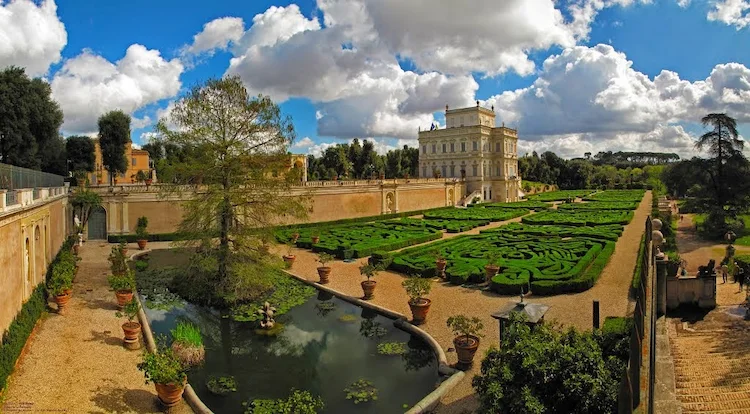
If you enjoy walking, you can choose a route outside the center to discover some of the lesser-known parts of the city. From Trastevere, head up to the Janiculum for one of the most beautiful views of Rome. From here, after about 1.5 km, you will reach the park of Villa Pamphilj, which extends over 180 hectares between the ancient Roman streets of Via Aurelia Antica, Via della Nocetta and Via Vitellia and runs parallel to the Aqueduct of Trajan Paul.
The park, the third largest in Rome, has been owned by the municipality since the 1930s, but was created in the 17th century as a magnificent country residence of the Roman noble Pamphilj family. Here, amid Italian gardens, fountains, waterfalls, lakes and monumental trees, stands the historic Villa Casino del Bel Respiro or Algardi, named after the architect and sculptor who led the construction on behalf of Pope Innocent X (Giovanni Battista Pamphilj). A curiosity: a one and a half kilometer long tunnel connects the casino with the Vatican, which served as an “escape route” for the popes.
Perhaps the most beautiful place is the secret garden, which can be admired from the gate of the villa and which, unfortunately, is not open to the public as it is the seat of the Prime Minister’s Office. It was laid out with curved contours in the French style and decorated with hedges cut into various shapes, including the lily, the coat of arms of the Pamphilj family. If you’re on vacation in Rome this fall and want to see something that combines architecture and nature, then head to Bel Respiro Casino.
Temple of San Pietro in Montorio
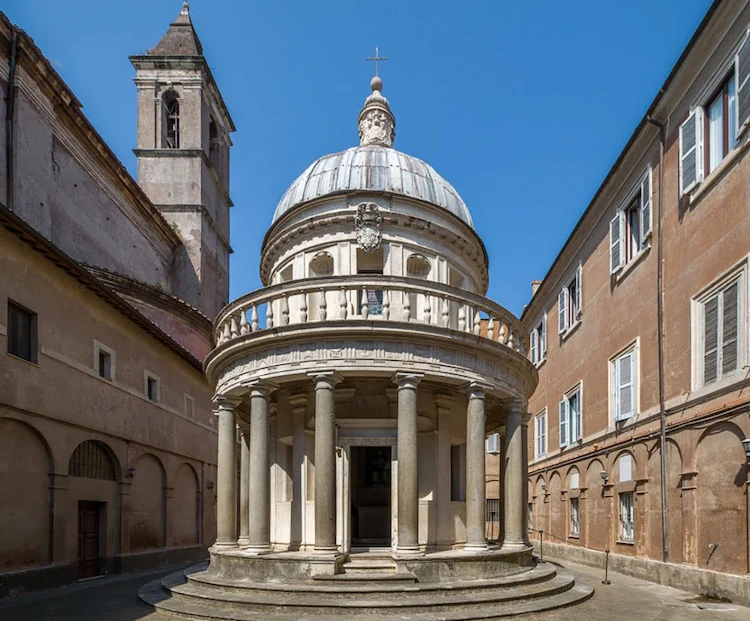
The Tempietto di San Pietro in Montorio, designed by Donato Bramante on behalf of the Spanish royal family, is a small structure with a circular plan that stands in the center of one of the courtyards of the monastery of the same name on Janiculum Hill. The site chosen for its construction is the place where, according to legend, Saint Peter was martyred by being crucified upside down. This scene is also depicted on the altar inside.
The temple was built between 1502 and 1509 and is considered one of the best examples of Renaissance architecture, which features some key concepts such as the central plan, the reference to ancient Roman architecture and the proportional and geometric exploration of the relationship between parts.
The Jasmine Promenade connects the Papal States with the outside world
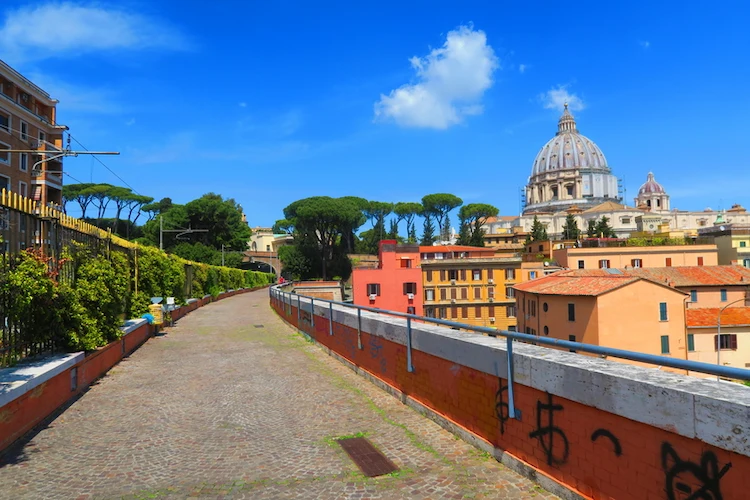
Did you know that the Vatican also has a railway? It was built in 1929 to connect the Papal States with the Kingdom of Italy. With a length of just over a kilometer, of which only 200 meters are within Vatican territory, the route is the shortest international railway in the world. Over the years the line was closed and to mark the anniversary in 2000, one of the two tracks was removed to make way for an impressive route that few people know: the Jasmine Promenade.